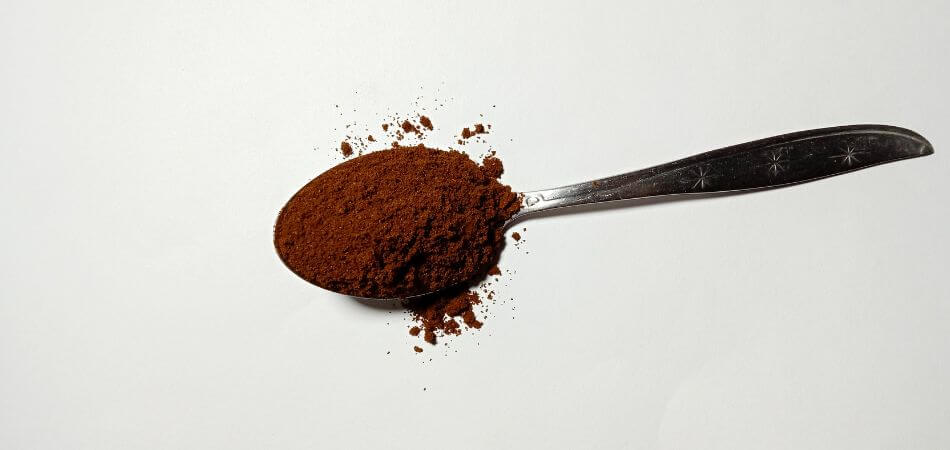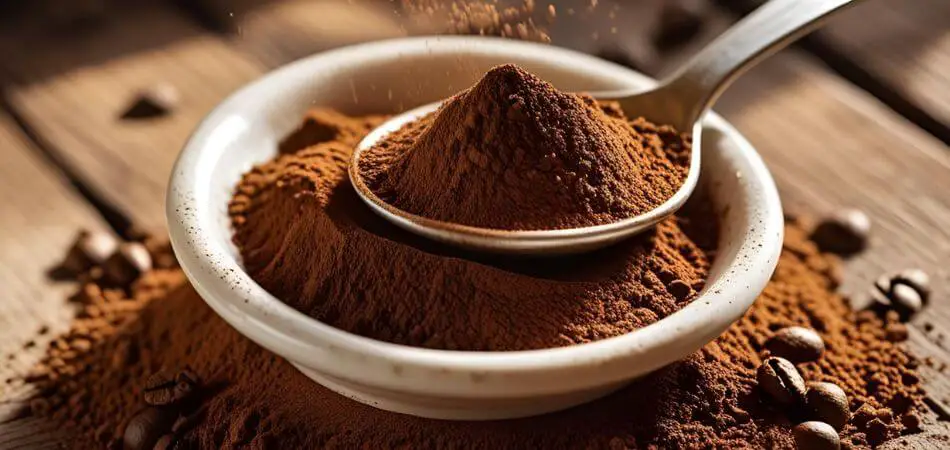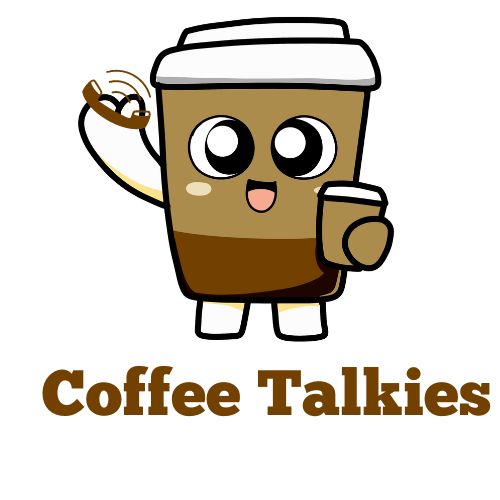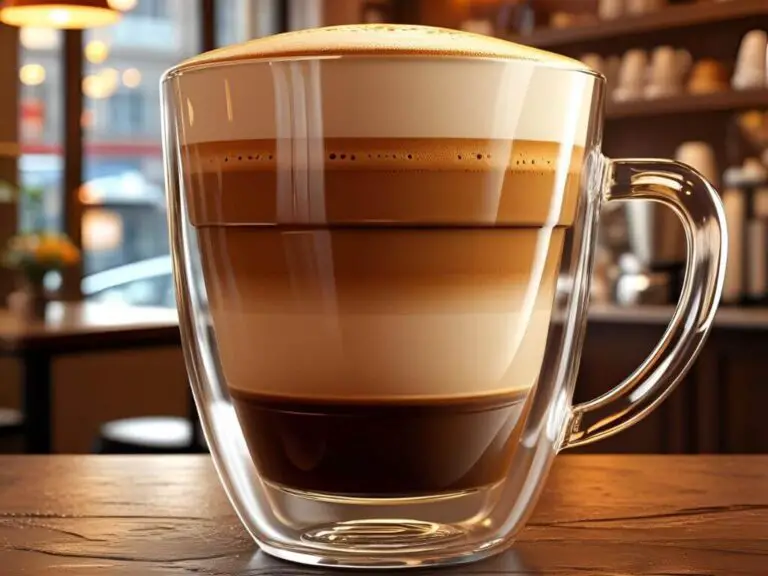Espresso Powder Substitute: 7 Alternatives You Already Have at Home
Picture this: You’re in the middle of baking a decadent chocolate cake when you realize—you’re out of espresso powder! Don’t worry, you’re not alone. Many home bakers and cooks face this problem, but luckily, there are plenty of easy espresso powder substitutes that can save your recipe without sacrificing flavor.
Espresso powder is a secret weapon in the kitchen. It deepens chocolate flavors, adds a rich coffee aroma, and balances sweetness in desserts like brownies, tiramisu, and cookies. But what if you don’t have any on hand? Maybe you’re avoiding caffeine, or your local store doesn’t stock it. Whatever the reason, this guide will walk you through the best alternatives, how to use them, and even what not to use.
By the end of this article, you’ll know:
✅ The best 1:1 swaps for espresso powder
✅ How to adjust recipes for liquid vs. dry substitutes
✅ Caffeine-free options that still deliver rich flavor
✅ Pro tips to avoid common mistakes
Let’s dive in and rescue your recipe!
What is Espresso Powder & Why Is It Unique?
What Exactly is Espresso Powder?
Espresso powder is not the same as instant coffee—though they look similar. It’s made from finely ground, dehydrated espresso beans, resulting in an ultra-concentrated coffee flavor. Because it’s so potent, a little goes a long way in recipes.
Why Do Recipes Call for It?
- Enhances Chocolate: A small amount makes chocolate taste richer and more complex (try it in brownies!).
- Adds Depth Without Moisture: Unlike brewed coffee, it won’t throw off your recipe’s liquid balance.
- Balances Sweetness: A touch of bitterness keeps desserts from being overly sugary.
Where You’ll Find It in Cooking:
- Baking: Chocolate cakes, cookies, frostings
- Desserts: Tiramisu, mousse, ice cream
- Savory Dishes: Coffee rubs for steak, barbecue sauces
Why You Might Need a Substitute:
✔ Out of stock in your pantry
✔ Avoiding caffeine (espresso powder is highly concentrated)
✔ Looking for a non-coffee alternative (like chicory or cocoa)
Pro Tip: If a recipe calls for espresso powder, it’s usually for flavor depth—not just coffee taste. So, your substitute should mimic that rich, slightly bitter boost.

Best Espresso Powder Substitutes (Ranked by Effectiveness)
Not all substitutes work the same way. Here’s a breakdown of the top alternatives, when to use them, and how to measure them properly.
A. Instant Coffee (Best 1:1 Swap)
✅ Closest Match | 📌 Best for: Baking, dry mixes
| How to Use | Ratio | Tips |
|---|---|---|
| Dissolve in hot water | 1 tsp instant = 1 tsp espresso powder | Use fine granules for smooth texture |
| Use directly (ground fine) | 1:1 | Blitz in a blender if too coarse |
Why It Works: Instant coffee is concentrated like espresso powder, just slightly less intense. It’s the easiest swap for most recipes.
B. Strong Brewed Coffee (Reduced to Syrup)
✅ Great for Liquid-Based Recipes | 📌 Best for: Tiramisu, cakes, sauces
Method:
- Brew ½ cup of strong coffee (use 2 tbsp grounds per ½ cup water).
- Simmer until reduced to 2 tbsp (thick, syrupy consistency).
- Let cool before using.
Ratio:
- 2 tbsp reduced coffee ≈ 1 tsp espresso powder
Why It Works: Reducing coffee intensifies its flavor, mimicking espresso powder’s punch.
C. Coffee Extract or Concentrate
✅ Intense Flavor | 📌 Best for: Glazes, drinks, baking
If you want powerful coffee flavor without the grit, coffee extract is your best friend. It’s more concentrated than brewed coffee but easier to measure than powders.
How to Use:
- ½ teaspoon coffee extract ≈ 1 teaspoon espresso powder
- Add directly to batters or frostings
- Reduce other liquids slightly if needed
Best Brands to Try:
- Nielsen-Massey Coffee Extract
- LorAnn Oils Coffee Flavoring
- Homemade coffee extract (steep grounds in vodka for 2 weeks)
Pro Tip: Some extracts contain sugar – check labels if watching sweetness levels!
D. Decaf Options (For Caffeine Sensitivity)
✅ Same Flavor, No Jitters | 📌 Best for: Nighttime desserts, kids’ treats
You can find both decaf instant coffee and decaf espresso powder (though the latter is harder to find).
Where to Buy Decaf Espresso Powder:
- King Arthur Flour (online)
- Williams Sonoma (in-store/online)
- Local specialty coffee shops
Ratio: Use the same 1:1 substitution as regular instant coffee
Fun Fact: Decaf coffee still contains 2-5mg caffeine per teaspoon – enough to enhance flavor but unlikely to affect sleep!

Unconventional But Effective Substitutes
E. Cocoa Powder + Instant Coffee (Chocolate Boost)
✅ Doubles Down on Chocolate Flavor | 📌 Best for: Brownies, chocolate cakes
This dynamic duo mimics espresso powder’s magic in chocolate recipes:
Perfect Blend Ratio:
- ½ teaspoon cocoa powder
- ½ teaspoon instant coffee
= 1 teaspoon espresso powder
Why It Works: Cocoa adds depth while coffee provides that signature bitter note.
F. Chicory Root Powder (Caffeine-Free Option)
✅ Earthy & Nutty | 📌 Best for: New Orleans-style recipes
Popular in French and Creole cooking, chicory offers:
- Naturally caffeine-free
- Slightly sweeter than coffee
- Rich in prebiotic fiber
How to Use:
- ¾ teaspoon chicory = 1 teaspoon espresso powder
- Combine with cocoa for chocolate recipes
- Great in coffee cakes and spice rubs
G. Matcha Powder (For Adventurous Bakers)
✅ Unique Earthy Flavor | 📌 Best for: Asian-inspired desserts
While not coffee-flavored, matcha provides:
- Vibrant green color
- Antioxidant boost
- Pleasant grassy notes
Best Uses:
- Green tea tiramisu
- Matcha chocolate truffles
- Coffee-free dessert rubs
Caution: Start with ½ teaspoon matcha per 1 tsp espresso – it’s potent!

What NOT to Use as a Substitute
🚫 Regular Ground Coffee Beans
- Too coarse and gritty
- Will ruin texture of baked goods
- Extremely bitter if not filtered out
🚫 Flavored Coffees (Vanilla, Hazelnut, etc.)
- Overpowers other flavors
- Can make desserts taste artificial
- Sugar content varies wildly
🚫 Weak or Light Roast Coffee
- Lacks intensity
- Won’t enhance chocolate properly
- May add unwanted acidity
Real-Life Example: I once tried using French vanilla coffee grounds in brownies – they came out tasting like potpourri! Stick to plain, dark roast options.
Pro Tips for Perfect Substitutions
🔹 The Golden Rule: Always dissolve powders in hot water first unless recipe specifies “instant espresso powder”
🔹 Texture Matters: For smooth frostings and mousses, blend instant coffee into superfine powder first
🔹 Balance Flavors: If your substitute tastes too bitter, add a pinch of salt to round it out
🔹 Liquid Adjustments: When using brewed coffee, reduce other liquids in the recipe by 1-2 tbsp
🔹 Storage Tips: Keep opened instant coffee in the freezer to maintain freshness longer
Expert Trick: For ultra-chocolatey desserts, use both cocoa powder AND a coffee substitute – it creates incredible depth!

Recipe-Specific Recommendations
Best Substitutes by Dish:
| Recipe | Ideal Substitute | Special Notes |
|---|---|---|
| Tiramisu | Reduced brewed coffee or coffee extract | Dip ladyfingers quickly to prevent sogginess |
| Chocolate Cake | Instant coffee + cocoa combo | Bloom in hot water first |
| Coffee Rub | Finely ground dark roast | Pulse in spice grinder |
| Ice Cream | Coffee extract | Alcohol prevents freezing too hard |
| Mocha Frosting | Instant espresso powder | Dissolve in cream first |
Baker’s Secret: For chocolate chip cookies, add 1 tsp instant coffee to the dough – it makes the chocolate taste richer without obvious coffee flavor!
Conclusion & Final Thoughts
Finding the perfect espresso powder substitute depends on your recipe and needs:
- Quick & Easy: Instant coffee (1:1 ratio)
- Liquid Recipes: Reduced brewed coffee
- Caffeine-Free: Decaf or chicory root
- Chocolate Focus: Cocoa + coffee blend
Remember: The goal isn’t necessarily to taste coffee, but to enhance other flavors in your dish. Don’t be afraid to experiment with small batches to find your perfect match!
Now I’d love to hear from you: Have you discovered any creative espresso powder alternatives? Share your kitchen experiments in the comments below
FAQs
What are the best substitutes for espresso powder in baking?
The most common substitutes include instant coffee (used in a 1:1 ratio), finely ground dark roast coffee, or strong brewed coffee. For chocolate desserts, Dutch-process cocoa powder can also work well. In professional settings, NESCAFÉ GOLD™ Espresso Instant Coffee is often used as a reliable alternative.
How much substitute should I use in place of espresso powder?
Generally, use the same amount of instant coffee as you would espresso powder. For other substitutes, start with ½ to 1½ teaspoons per recipe, especially in chocolate cakes. Adjust the quantity based on the desired flavor intensity, but be cautious not to add too much to avoid bitterness.
Will using a substitute affect the texture of my baked goods?
Substitutes can affect texture, particularly if using ground coffee. To maintain proper texture, dissolve the substitute in a small amount of hot water before adding it to your recipe. For recipes requiring more than two teaspoons of espresso powder, avoid using ground coffee and opt for instant alternatives to prevent grittiness.
How do I adjust my recipe when using liquid substitutes like brewed coffee?
When using brewed coffee or espresso as a substitute, subtract the amount of coffee from the total liquid in your recipe. This helps maintain the proper balance between wet and dry ingredients, ensuring the right consistency and proper rise in your baked goods.
Can I create my own espresso powder substitute blend?
Yes, you can create custom blends. A common approach is to use dark roast instant coffee as a base and enhance it with ingredients like cocoa powder or coffee extract.






